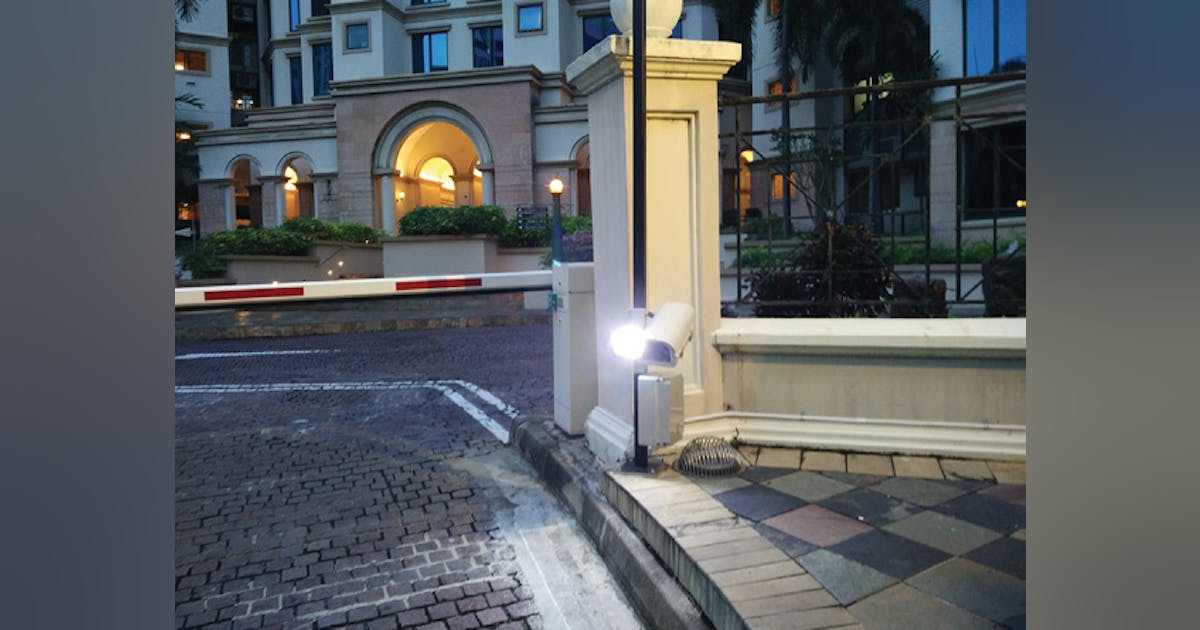Hi All,
Has anyone tried a home-made solution to read plates? For instance, plate recognition (and image crop) by YOLOv3, then OCR by pytesseract?
It seems there are plenty of examples out there, but the open source ones I've been looking at seem to be pretty bad at the character recognition side of things (why??) despite the cropping/thresholding/contour result giving a very good looking plate (which would be 100% obvious to a person). Is pytesseract still the best OCR we have? Or does the plate character recognition need to be trained for the specific font on your license plates for it to work reliably (with pytesseract i notice errors with O vs U, 4 vs G, etc.) ? Are there better methods (free/open source/on premise) for OCR of plates? I'd like to play around with this, so am looking for a decent OCR method, without going too overboard. Any thoughts?
Note: I'm starting from scratch, so open to ideas and just wanting to check in before I begin installing things. I'm not really interested in the free-trial cloud API keys some projects offer. This is mostly as a learning exercise, but it would be nice if it was worth doing. I think the LP detection and cropping would at least be useful to me, even if the OCR is no good.
Thanks
some examples that turned up in my brief search:
License Plate Recognition with OpenCV and Tesseract OCR - GeeksforGeeks
sergiomsilva/alpr-unconstrained
alitourani/yolo-license-plate-detection
TheophileBuy/LicensePlateRecognition
Has anyone tried a home-made solution to read plates? For instance, plate recognition (and image crop) by YOLOv3, then OCR by pytesseract?
It seems there are plenty of examples out there, but the open source ones I've been looking at seem to be pretty bad at the character recognition side of things (why??) despite the cropping/thresholding/contour result giving a very good looking plate (which would be 100% obvious to a person). Is pytesseract still the best OCR we have? Or does the plate character recognition need to be trained for the specific font on your license plates for it to work reliably (with pytesseract i notice errors with O vs U, 4 vs G, etc.) ? Are there better methods (free/open source/on premise) for OCR of plates? I'd like to play around with this, so am looking for a decent OCR method, without going too overboard. Any thoughts?
Note: I'm starting from scratch, so open to ideas and just wanting to check in before I begin installing things. I'm not really interested in the free-trial cloud API keys some projects offer. This is mostly as a learning exercise, but it would be nice if it was worth doing. I think the LP detection and cropping would at least be useful to me, even if the OCR is no good.
Thanks
some examples that turned up in my brief search:
License Plate Recognition with OpenCV and Tesseract OCR - GeeksforGeeks
sergiomsilva/alpr-unconstrained
alitourani/yolo-license-plate-detection
TheophileBuy/LicensePlateRecognition

